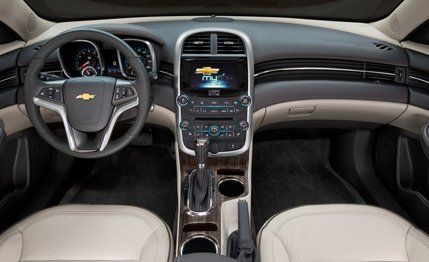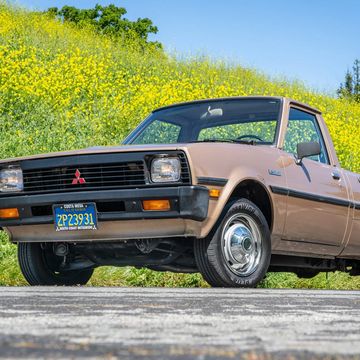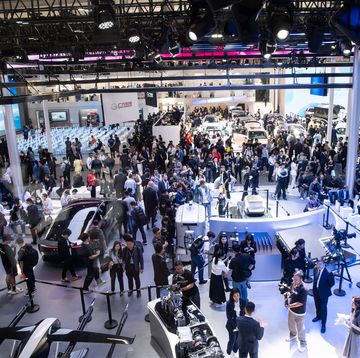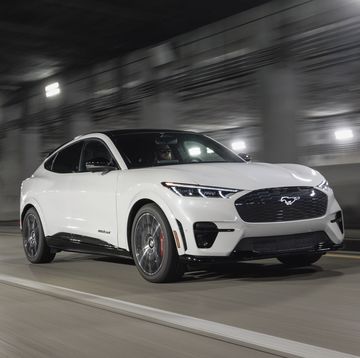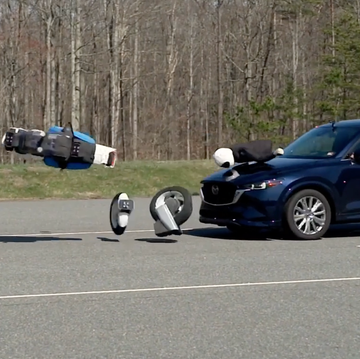Chevrolet had high hopes when it introduced the redesigned 2013 Malibu at the 2011 New York auto show. On point for GM’s charge into the competitive mid-size sedan segment, the General was counting on the new bow-tie sedan to inflict some serious sales damage on opponents with names like Camry, Accord, and Fusion.
But the 2013 Malibu, the planning for which was completed during the dark days leading up to the General’s 2009 bankruptcy, was flawed from the start. The car was heavier than GM intended, which made attaining good EPA numbers problematic. Worsening matters, the Malibu’s rear-seat room was dictated by the shorter-wheelbase Epsilon II platform used, and it was also saddled with stubby styling unloved even within the ranks of GM itself. Still, with the previous-gen Malibu aging quickly, and the mild hybrid eAssist drivetrain available from the Buick Regal and LaCrosse, the Malibu Eco model with eAssist was rushed to market in the hopes its slightly better EPA fuel-economy estimates would lure buyers with high gas prices looming. Prospective buyers looking for a more traditional powertrain had to wait months to get their hands on a Malibu powered by either the naturally aspirated 2.5-liter or 2.0-liter turbo four-cylinder engine.
In a C/D comparison test with five other mid-size sedans, the all-new 2013 Eco got hammered, coming in dead last, and the market agreed. The Malibu managed to post what at first glance appeared to be respectable sales numbers, selling 70,913 units in the first four months of 2013. (The introduction of the 2013 Malibu was staggered throughout 2012, and dealers still had previous-generation cars on their lots until November of that year. Results for the 2012 sales year are therefore inconclusive.) But tally the competitors’ sales for the same period and the reason for the Malibu’s emergency 2014 refresh becomes clear: The Ford Fusion posted sales of 107,780 units; the Nissan Altima 108,943; the Honda Accord 121,965; and the king of the sales heap, the Toyota Camry, nearly doubled the Malibu at 132,540 units sold.
Changing From the Inside Out
The 2013 Malibu was wider, quieter, and more opulent inside than the previous model, including the use of upgraded soft-touch materials. But it was also a whopping four inches shorter, and one of our primary complaints about the car involved its deficient rear legroom. At least a few people at Chevrolet shared our pain, as the brand has taken a few strides to alleviate the issue. New seat-cushion sculpting allows passengers to sit deeper in the seats. Approximately half an inch was shaved from the leading edge of rear seat cushion to reposition passenger legs and deliver the impression of more space. To give knees a little breathing room, the rears of the front seatbacks have been scalloped to find another 1.3 inches of knee room.
Chevy made some minor changes to the center console to deliver a longer, ostensibly more comfortable armrest, and it also replaced the former covered storage area with a pair of cup holders and two cell-phone bins. But the glut of discordant interior textures, hues, and finishes appears to have survived the makeover unscathed. We counted no less than eight different interior materials and textures in our test of the 2013 Malibu 2.5, and frankly we were hoping Chevy would take this opportunity to give the interior color and material wheel another spin.

Andrew Wendler brings decades of wrenching, writing, and editorial experience with numerous outlets to Car and Driver. His work has appeared in numerous publications, including Car and Driver, Esquire, Forbes, Hot Rod, Motor Trend, MPH, MSN, and Popular Mechanics, among others. A Rust Belt native and tireless supporter of the region, he grew up immersed in automotive, marine, and aviation culture. A lifetime of hands-on experience and a healthy dose of skepticism provide him the tools to deliver honest and informative news, reviews, and editorial perspective. Of note, he once won a $5 bet by walking the entire length of the elevated People Mover up track that encircles downtown Detroit.

